Multi-objective optimization in Turning of EN31 steel using Taguchi based grey relational analysis
Pages : 1317-1322
Download PDF
Abstract
Machining can be outlined as the process of taking away material from a work piece in the grade of chips. During a machining process, isolated of the energy is turned into heat energy through the detritions yielded between the tool and the work piece and the plastic deformation of the work material in the machining zone. Turning is charmed by several constituents, for example, the cutting speed, feed rate, depth of cut and geometry of cutting instrument and so on, which are information parameters in this anticipate work. The present study investigates multi-response optimization of turning technique in machining of EN 31 tool steel for an best parametric combination to render the lowest surface roughness (Ra) and cutting force with the maximal material-removal rate (MRR) using a Grey–Based Taguchi method. Turning parameters studied are cutting speed, feed rate and depth of cut on EN31 steel with chemical vapor deposition (CVD) and physical vapor deposition (PVD) coated carbide tools. Eighteen experimental runs based on Taguchi’s L18 orthogonal array will be executed accompanied by Grey relational analysis to solve the multi-response optimization problem. Based upon grey relational grade value, best levels of parameters have been identified. The significance of parameters on total quality features of the cutting process has been evaluated by the analysis of variance (ANOVA). It was seen from the results that cutting speed is the most significant parameter for surface roughness followed by feed, whereas the depth of cut is found to be insignificant by the ANOVA analysis.
Keywords: Turning, optimization, ANOVA, EN 31 steel.
Article published in International Journal of Current Engineering and Technology, Vol.6, No.4 (Aug-2016)




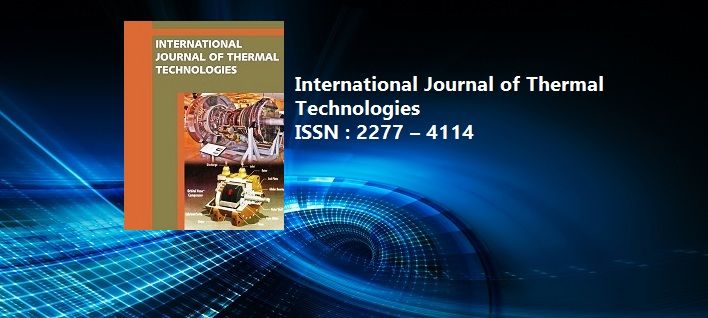
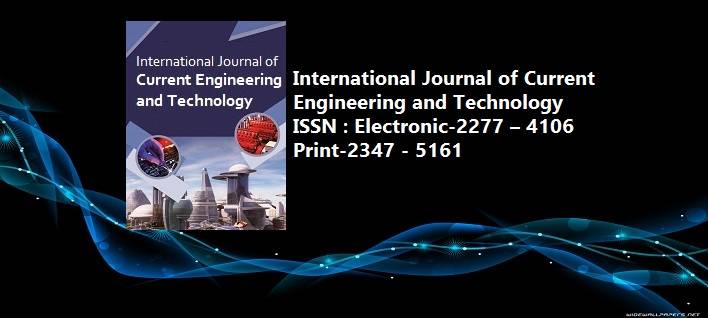
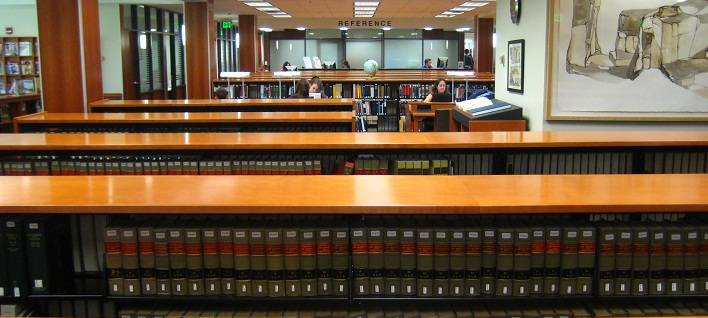







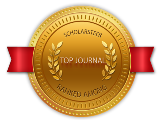


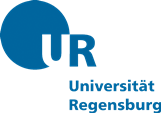

 MECHPGCON, MIT College of Engineering, Pune, India
MECHPGCON, MIT College of Engineering, Pune, India AMET, MIT College of Engineering, Pune, India
AMET, MIT College of Engineering, Pune, India International Conference on Advances in Mechanical Sciences
International Conference on Advances in Mechanical Sciences  International Symposium on Engineering and Technology
International Symposium on Engineering and Technology International Conference on Women in Science and Engineering
International Conference on Women in Science and Engineering




